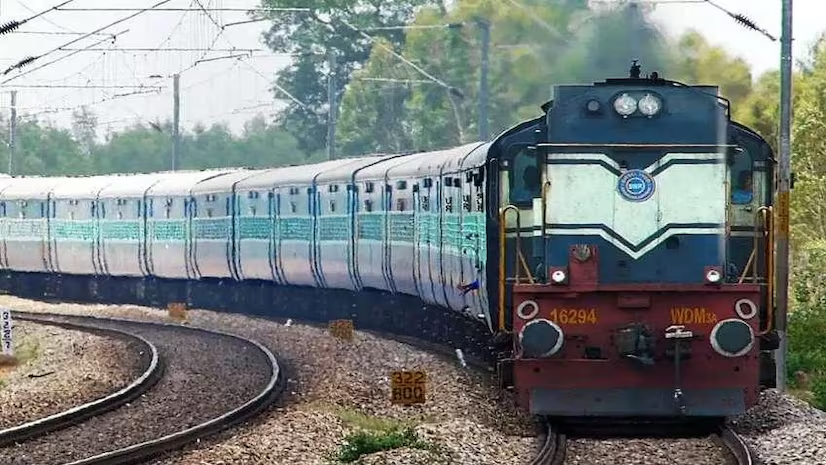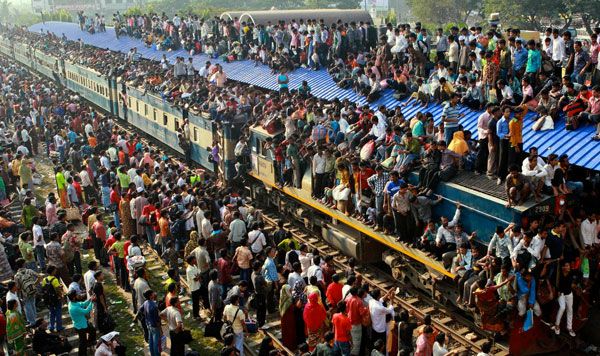Indian Railways is a major state-owned national railway system of India, managed by the Ministry of Railways. It is one of the largest railway networks in the world, both in terms of size and operations. Here are some key aspects and features of Indian Railways:

1. History and Development
- Established: April 16, 1853, with the first passenger train running from Mumbai to Thane.
- Expansion: Over the decades, Indian Railways has expanded to cover the length and breadth of the country.
2. Network and Infrastructure
- Route Length: Approximately 68,000 kilometers.
- Tracks: Over 120,000 kilometers of tracks, including both broad gauge and narrow gauge.
- Stations: More than 7,000 stations.
3. Operations and Services
- Passenger Services: Indian Railways operates a variety of trains, including local passenger trains, express trains, superfast trains, and luxury trains like the Maharajas’ Express.
- Freight Services: Significant portion of revenue comes from freight operations, transporting goods like coal, iron ore, food grains, and more.
- Suburban Rail: Important in major cities like Mumbai, Kolkata, Chennai, and Delhi, providing daily commuter services.
4. Classes of Travel

- First Class AC: Highest comfort, including sleeping accommodation.
- Second Class AC: Comfortable sleeping berths with air conditioning.
- Third Class AC: More affordable sleeping berths with air conditioning.
- Sleeper Class: Non-air-conditioned sleeping berths.
- General Class: Basic seating with no reservations.
5. Technology and Modernization
- E-Ticketing: Online booking system through IRCTC (Indian Railway Catering and Tourism Corporation).
- High-Speed Rail: Development of high-speed rail corridors, like the Mumbai-Ahmedabad high-speed rail project.
- Electrification: Ongoing electrification of routes to reduce dependence on diesel.
6. Challenges and Initiatives
- Infrastructure Upgrades: Efforts to modernize and upgrade tracks, signals, and stations.
- Safety: Implementation of measures to enhance passenger safety and reduce accidents.
- Sustainability: Projects aimed at reducing carbon footprint and promoting green energy.
7. Cultural and Economic Impact
- Employment: Major employer, providing jobs to millions.
- Connectivity: Crucial for connecting remote and rural areas with urban centers.
- Tourism: Special tourist trains and scenic routes promote tourism.

8. Future Prospects
- Privatization: Proposals to involve private players in train operations.
- Smart Stations: Development of smart stations with modern amenities.
- Dedicated Freight Corridors: Separate corridors to enhance freight transport efficiency.
Indian Railways remains a backbone of India’s transport infrastructure, crucial for both daily commuting and long-distance travel, playing a pivotal role in the country’s socio-economic development.
